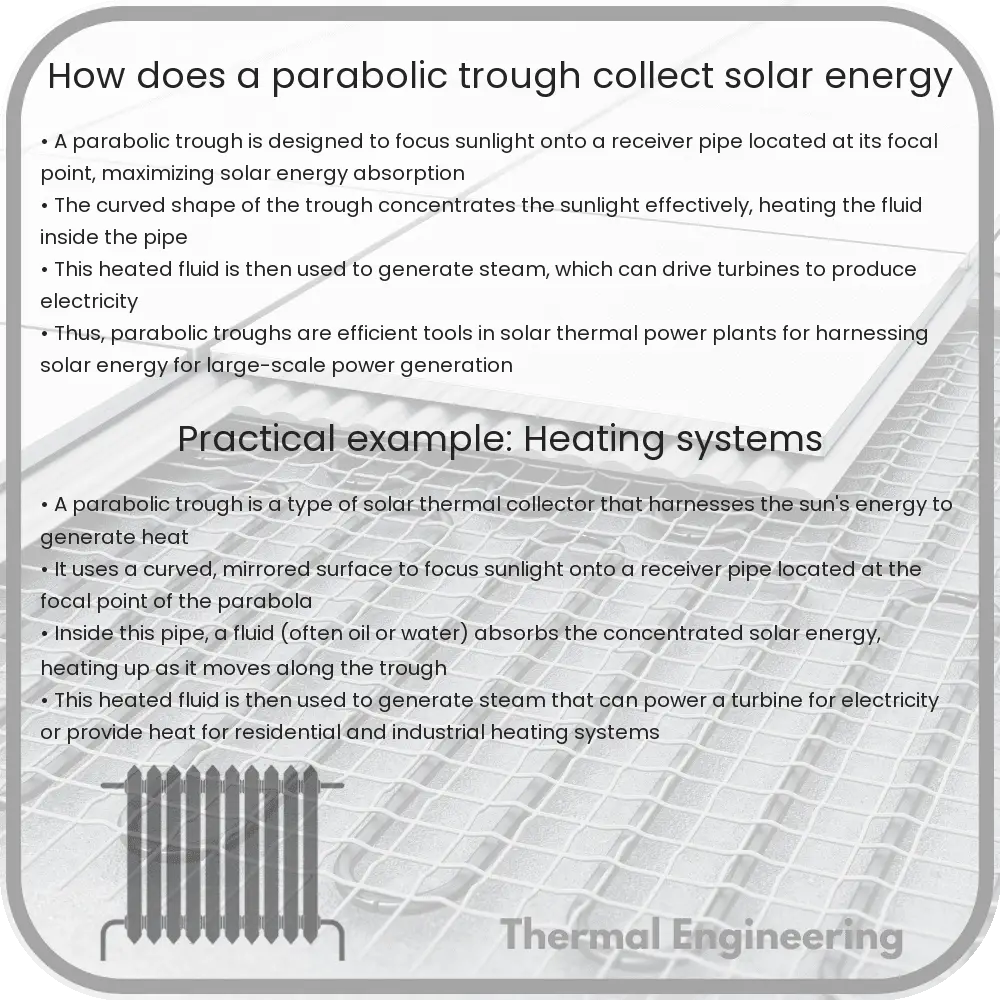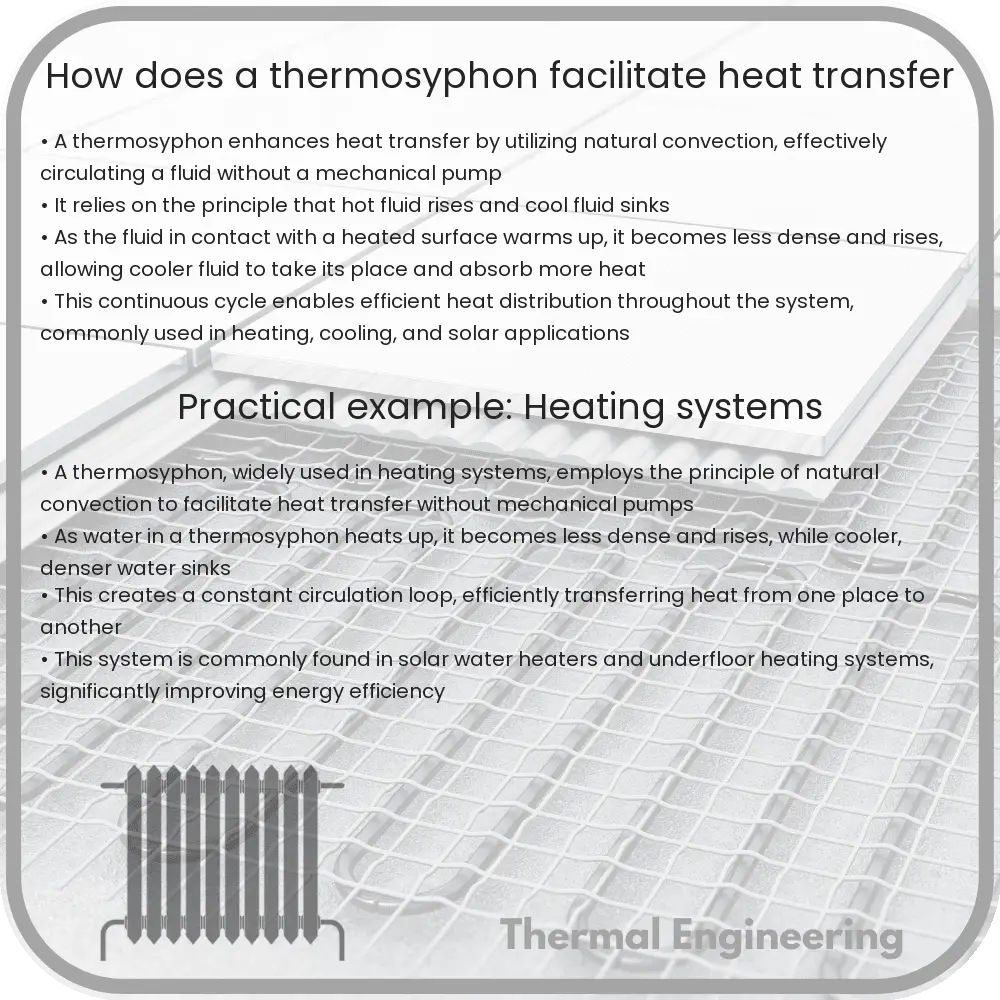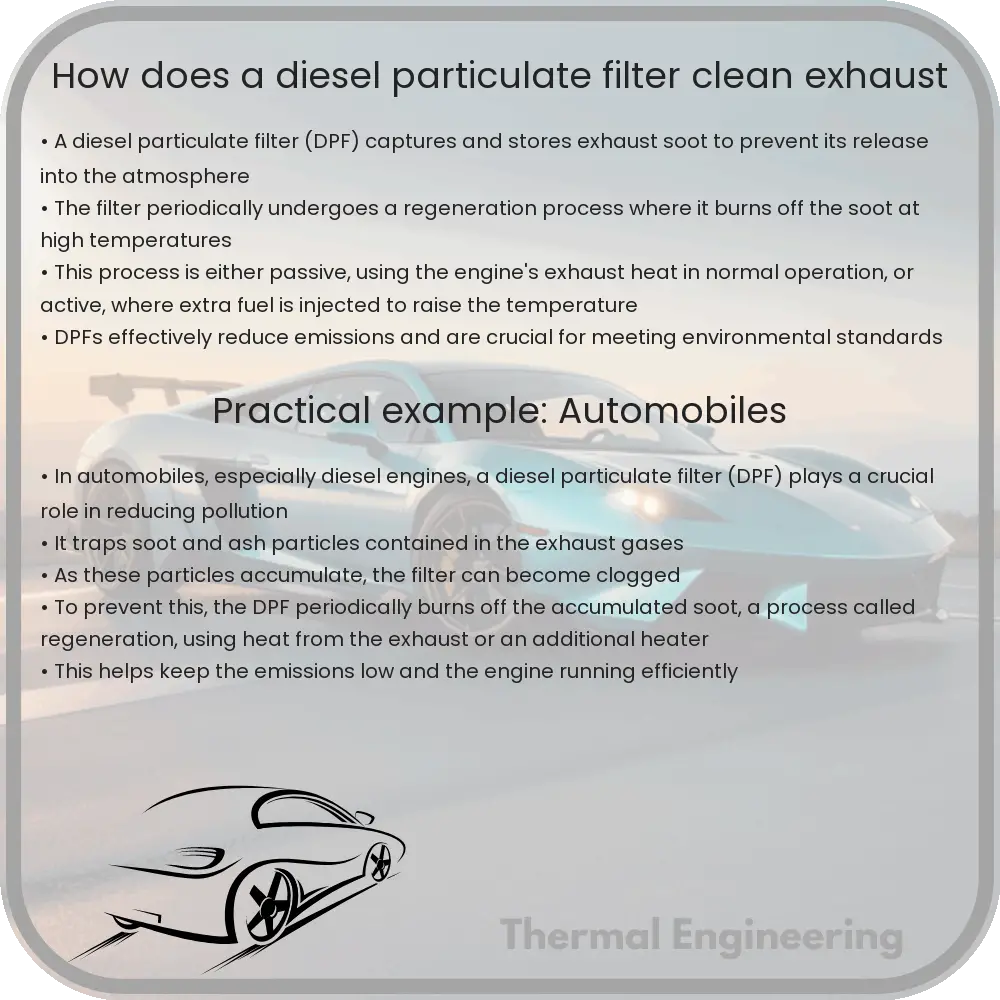Learn how an Oscillating Water Column (OWC) utilizes ocean waves to generate clean, renewable energy through innovative technology.

Understanding How an Oscillating Water Column Generates Power
The oscillating water column (OWC) is a type of wave energy device that harnesses the power of ocean waves to generate electricity. This innovative technology utilizes the natural rise and fall of sea water levels to drive air through a turbine, which then produces electrical power. Let’s explore the key components and processes involved in the operation of an OWC.
Key Components of an Oscillating Water Column
An OWC primarily consists of the following elements:
- Chamber: A large, partially submerged structure that captures air above the water surface.
- Turbine: Installed at the top of the chamber, this device converts the kinetic energy of air into mechanical energy.
- Generator: Connected to the turbine, the generator converts mechanical energy into electrical energy.
The Working Principle of an Oscillating Water Column
The functionality of an OWC can be broken down into several stages:
- Wave Interaction: As ocean waves approach and enter the chamber, the water level inside the chamber rises. This displaces the air above the water, increasing air pressure.
- Air Compression: Due to the rise in water level, the compressed air is forced through the turbine at the top of the chamber. The design of the turbine allows it to spin in one direction regardless of the air flow direction.
- Energy Conversion: As the turbine blades spin, they drive the generator, which converts the mechanical energy into electrical energy.
- Recession of Wave: As the wave recedes, the water level in the chamber decreases, creating a vacuum that draws air back into the chamber through the turbine, maintaining its operation.
The continuous movement of waves results in the repetitive oscillation of water columns within the chamber, creating a sustainable cycle of energy conversion.
Advantages of Oscillating Water Column Devices
OWCs offer several benefits over other forms of renewable energy production:
- Renewable Source: They utilize the abundant energy present in ocean waves, which is both renewable and environmentally friendly.
- Low Environmental Impact: Unlike fossil fuels, OWCs do not produce harmful emissions and have a minimal impact on marine ecosystems.
- High Efficiency: The technology can be highly efficient in coastal regions with consistent wave activity.
Challenges and Future Outlook
While the technology behind OWCs is promising, there are challenges that need to be addressed:
- Cost: The initial installation and maintenance costs can be high compared to other renewable energy technologies.
- Environmental Factors: The efficiency of OWCs can be affected by changes in wave patterns and intensity.
- Technological Improvements: Ongoing research is focused on improving the durability and efficiency of OWC systems to make them more competitive and reliable.
In conclusion, oscillating water columns represent a significant step towards harnessing the vast energy potential of our oceans. With further research and development, OWC technology can play a crucial role in our global energy mix, providing a sustainable and clean source of power.








